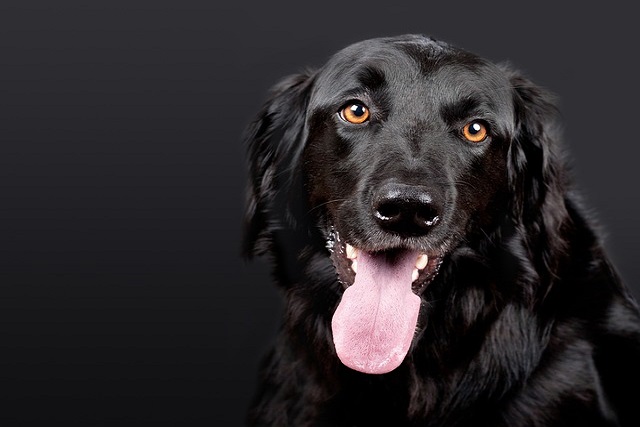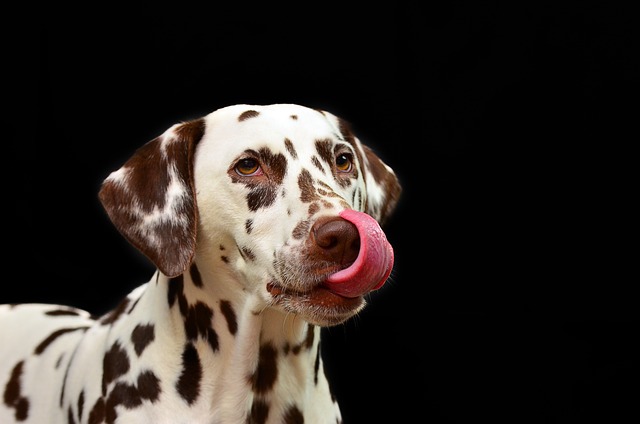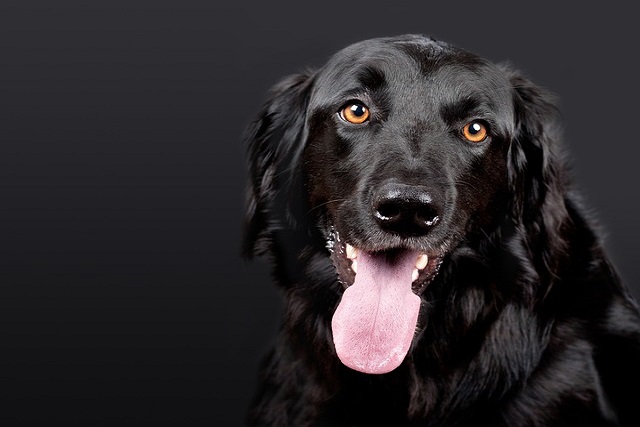
What Causes a Dog's Interdigital Dermatitis?
You might notice your dog limping or licking their paws more than usual, and that’s often the first sign of interdigital dermatitis—those sore, red spots between their toes.
Noticing your dog squinting or pawing at their eye can send any pet owner into a panic. Is it a minor irritation or something serious? Understanding that the common types of eye infections often differ between a playful puppy and your seasoned adult dog can help you respond appropriately. That goopy eye in your new Labrador retriever puppy is often a classic sign of conjunctivitis, frequently linked to viruses like canine distemper. This is precisely why vet visits and mandatory vaccinations are your first line of defense; the DHPP vaccine (which covers distemper) isn't just a good idea—it's a legal requirement for puppies in virtually all U.S. states and is often essential for daycare, grooming, and boarding facilities.
For adult dogs, the story often changes. While conjunctivitis still occurs, recurring issues might point toward blepharitis (an inflammation of the eyelids) or dry eye (KCS), which is a chronic lack of tear production. Think of your seven-year-old Cocker Spaniel with that thick, mucus-like discharge—that’s a classic red flag for dry eye. Allergies from seasonal pollen in Georgia or even dust in a New York apartment can also cause significant eye irritation in adults, leading to redness and pawing. The approach here is less about a single puppyhood virus and more about managing a chronic condition, which requires a vet’s diagnosis to get the right prescription drops.
No matter the age, your first practical step is always observation, not application. Resist the urge to use leftover human eye drops or saline from your contact lens kit; the pH is wrong for dogs and can cause more harm. Instead, put a soft Elizabethan collar on them to prevent further scratching—a core tenet of positive reinforcement training is to manage the environment to prevent the "bad" behavior (scratching) without any scolding. Gently wipe away discharge from the inner corner outward using a fresh, lint-free cloth soaked in warm water, using a new cloth for each eye to avoid cross-contamination.

This mindful care extends to your community responsibilities. A dog with an uncomfortable eye might be more hesitant on walks, so be extra patient and give other dogs space to avoid a nervous reaction. Always have your waste bags handy; your focus on your dog’s health is no excuse for missing a cleanup duty, which is a fast way to a fine in communities from California to Florida. Furthermore, while treating the issue, be mindful of contagious conditions. If your puppy has a confirmed bacterial conjunctivitis, it's wise to avoid the dog park for a week to prevent spreading it to the neighborhood pack, just as you'd keep a sick child home from school.
Ultimately, your best move is a clear call to your veterinarian. Describe the symptoms in detail: Is the discharge clear and watery or thick and green? Is the third eyelid visible? They might request a video, a common practice now for triage. This proactive, informed approach ensures you’re not just a pet owner, but a true advocate for your dog’s health at every stage of life.

You might notice your dog limping or licking their paws more than usual, and that’s often the first sign of interdigital dermatitis—those sore, red spots between their toes.

If you’re a new dog parent in the US—maybe you’re pacing your NYC apartment at 8 PM, watching your 10-month-old Lab mix

If you’re a new dog parent in the US—maybe you’re sitting on your Boston apartment couch, watching your 8-month-old Cocker Spaniel, Luna

Finding blood in your dog’s vomit is one of the scariest moments a pet owner can face—your first thought is almost always, “Is my pup okay?” The truth is, several conditions can lead to this, some milder but many requiring quick vet care.

If you’re a new dog parent in the US—maybe you’re kneeling on your Chicago apartment floor at 7 AM, dabbing crusty white gunk from your 10

Noticing your dog squinting or pawing at their eye can send any pet owner into a panic. Is it a minor irritation or something serious?